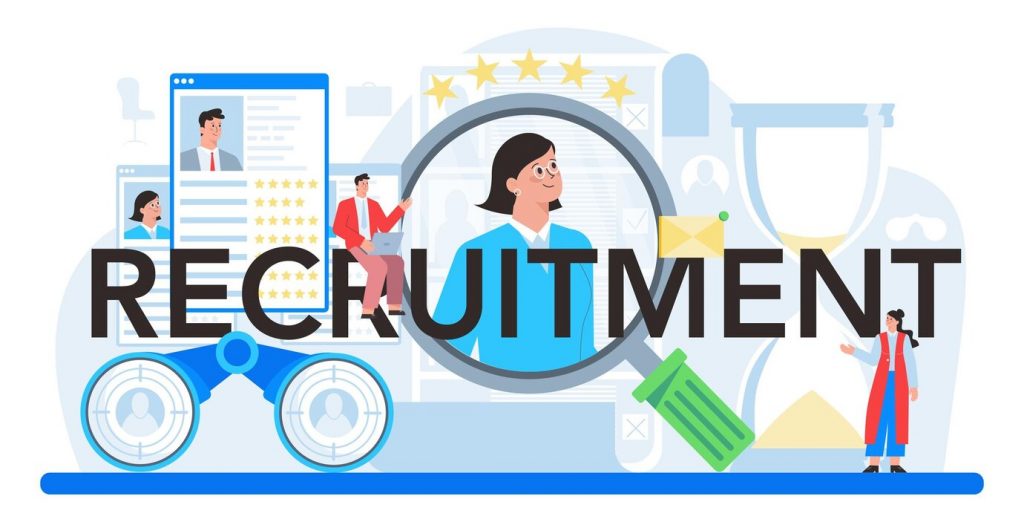Introduction
Hiring is evolving rapidly, and companies need structured ways to assess candidates effectively. While technical skills and experience remain important, behavioral competencies play a crucial role in determining a candidate’s success. The STAR method of interview is a widely used framework that helps candidates articulate their experiences clearly and allows employers to evaluate responses objectively.
The STAR method interview techniques have gained popularity because they provide a structured way to assess a candidate’s past behavior in real-world situations. This blog will explore what the STAR method of interviewing is, how candidates can use it to their advantage, and how employers can integrate it into their hiring processes.
Also Read: Top Trends Shaping Interview as a Service in 2025 & Beyond
What is the STAR Method Interview Technique?
Understanding the STAR Acronym
The STAR method interview questions focus on behavioral aspects of a candidate’s experience, structured into four key components:
- Situation – The background or context of the scenario.
- Task – The specific responsibility or challenge the candidate faced.
- Action – The steps taken to address the situation.
- Result – The outcome of those actions and what was learned.
By breaking responses into these components, candidates can provide structured and compelling answers that demonstrate their skills effectively.
Origins and Evolution
The STAR method of interviewing has its roots in behavioral interviewing, a concept developed in the 1970s by industrial-organizational psychologists. The premise is that past behavior is the best predictor of future performance. As companies moved toward competency-based hiring, structured interview techniques like STAR became a gold standard.
According to the LinkedIn Global Talent Trends Report (2023), 89% of hiring managers consider behavioral questions more effective than traditional ones. Another Harvard Business Review (2022) study found that structured interviews improve hiring decisions by 80%, reducing biases and increasing fairness in candidate evaluation.
Relevance in Modern Hiring
The STAR method is widely used by companies like Google, Amazon, and Microsoft, where structured interview techniques are critical for making data-driven hiring decisions. It helps hiring managers evaluate how candidates have handled past challenges and how they might perform in similar situations in the future.
By focusing on real experiences, STAR interviews also help recruiters avoid unconscious bias and ensure fairer hiring processes. As more organizations emphasize diversity, equity, and inclusion (DEI), structured interviews are becoming an essential tool for unbiased hiring.
Also Read: How Interview as a Service Saves Time and Costs in Recruitment
STAR Method of Answering Interview Questions
A well-structured STAR response ensures clarity and coherence. Here’s a breakdown of each component with an example.
Situation: Setting the Context
Candidates should start by briefly explaining a relevant work situation, setting the stage for the challenge they faced. The goal is to provide enough background information for the interviewer to understand the scenario.
Example: “In my previous role as a project manager, our team was working on a critical product launch when a client requested additional features just a week before the deadline.”
Task: Defining the Challenge
The next step is to outline the specific responsibility or problem the candidate had to address. This helps interviewers understand the difficulty of the task and the role the candidate played.
Example: “As the project lead, I was responsible for assessing the feasibility of the new request while ensuring the project stayed on track.”
Also Read: How Interview as a Service Can Improve Candidate Experience
Action: Describing the Steps Taken
This is the most crucial part of the response. Candidates should clearly explain the actions they took to resolve the issue, focusing on their individual contributions rather than the team’s efforts.
Example: “I immediately coordinated with the engineering and design teams to assess the impact of the new features. I proposed an adjusted timeline and prioritized tasks based on feasibility. Additionally, I communicated with the client to set realistic expectations.”
Result: Highlighting the Outcome
Candidates should conclude their response by demonstrating the tangible results of their actions. Whenever possible, quantifiable outcomes should be included.
Example: “As a result, we successfully integrated the requested features without delaying the launch. The client was highly satisfied, and the project contributed to a 30% increase in product adoption within the first three months.”
Common STAR Method Interview Questions
Here are some frequently asked STAR method interview questions that candidates should prepare for:
Tell me about a time you led a team under pressure. This question evaluates leadership and problem-solving skills.
Describe a situation where you handled a difficult client. The response should highlight communication and conflict-resolution abilities.
Give an example of a goal you achieved. Candidates should demonstrate goal-setting, strategic thinking, and measurable results.
Also Read: Interview as a Service vs. AI Chatbot Recruiting: Key Differences & Benefits
Advantages and Disadvantages of Using the STAR Method in Interviews
Advantages
The STAR method provides several benefits for both candidates and employers:
- Structured approach – Ensures that responses are concise and relevant, preventing rambling or vague answers.
- Showcases real experiences – Helps candidates highlight their competencies with specific examples.
- Improves hiring accuracy – Helps employers assess skills more effectively, leading to better hiring decisions.
Disadvantages
Despite its advantages, the STAR method has some limitations:
- Risk of over-rehearsed answers – Candidates may sound robotic if they memorize responses instead of providing natural storytelling.
- Not suitable for all questions – Some technical or hypothetical questions require different answering techniques.
- Focuses on past, not future – While past behavior is important, some roles require assessing future potential rather than just past achievements.
Also Read: How to Choose the Best Interview as a Service Platform: Key Features
How JobTwine Helps in Conducting Smart Interviews
AI-Driven Interview Preparation
JobTwine enhances the hiring process by providing AI-driven interview solutions that integrate structured techniques like the STAR method. Employers can automate candidate evaluations, ensuring that responses are assessed objectively and consistently.
STAR Method Integration in JobTwine
JobTwine’s platform allows employers to:
- Generate STAR method interview questions tailored to specific roles and industries.
- Analyze candidate responses using AI-powered evaluation tools.
- Reduce interview bias by structuring assessments around objective behavioral indicators.
Also Read: AI in HR Functions: Transforming Talent Acquisition and Employee Management
Benefits for Employers and Candidates
For Employers:
- Saves time by automating structured interviews.
- Provides data-driven insights for better hiring decisions.
- Enhances fairness and consistency in evaluations.
For Candidates:
- Prepares them with STAR method examples specific to their industry.
- Helps improve confidence in structured storytelling.
- Offers real-time feedback on interview performance.
Also Read: What is Interview as a Service? A Complete Guide for Recruiters
Conclusion
The STAR method of answering interview questions remains one of the most effective techniques for structured hiring. By providing clear, concise, and relevant responses, candidates can showcase their skills and experience effectively.
For employers, integrating the STAR method of interviewing into hiring processes improves decision-making and reduces biases. Platforms like JobTwine make it easier for organizations to implement structured interviews at scale, leading to more effective and equitable hiring.
Mastering the STAR method is not just about rehearsing responses—it is about developing a structured communication style that ensures clarity and impact in interviews.
Frequently Asked Questions:
1. What is the STAR method of interviewing?
The STAR method of interview is a structured approach used to answer behavioral questions by outlining Situation, Task, Action, and Result in a clear and concise manner.
2. Why is the STAR method effective?
The STAR method ensures clear, structured responses, making it easier for interviewers to assess candidates based on past experiences and problem-solving abilities.
3. Can the STAR method be used for leadership questions?
Yes, STAR method examples leadership include responses that showcase decision-making, team management, and conflict resolution skills in leadership roles.
4. Is the STAR method applicable to all job roles?
The STAR method works best for behavioral and competency-based questions but may not be ideal for technical or hypothetical interview questions.
5. How can I practice the STAR method?
Candidates can practice using STAR method examples from their past experiences, rehearse structured responses, and leverage platforms like JobTwine for mock interviews and real-time feedback.




